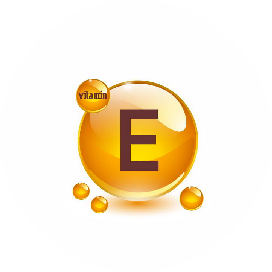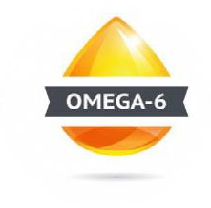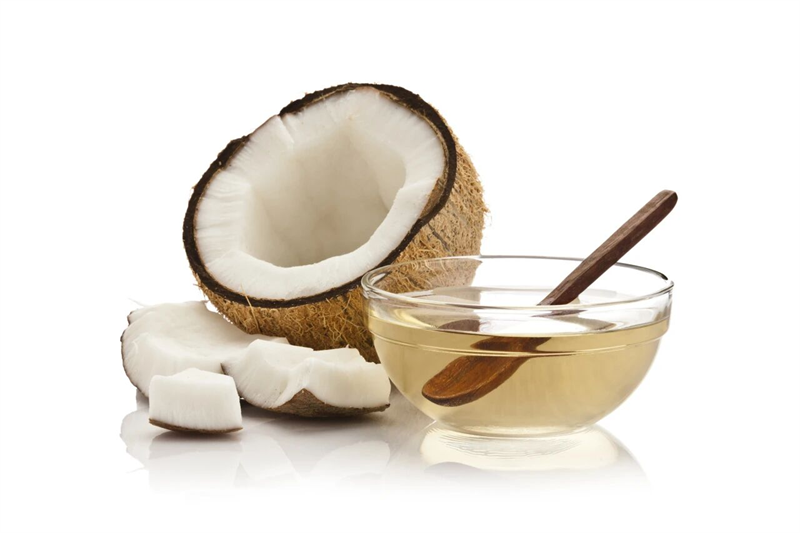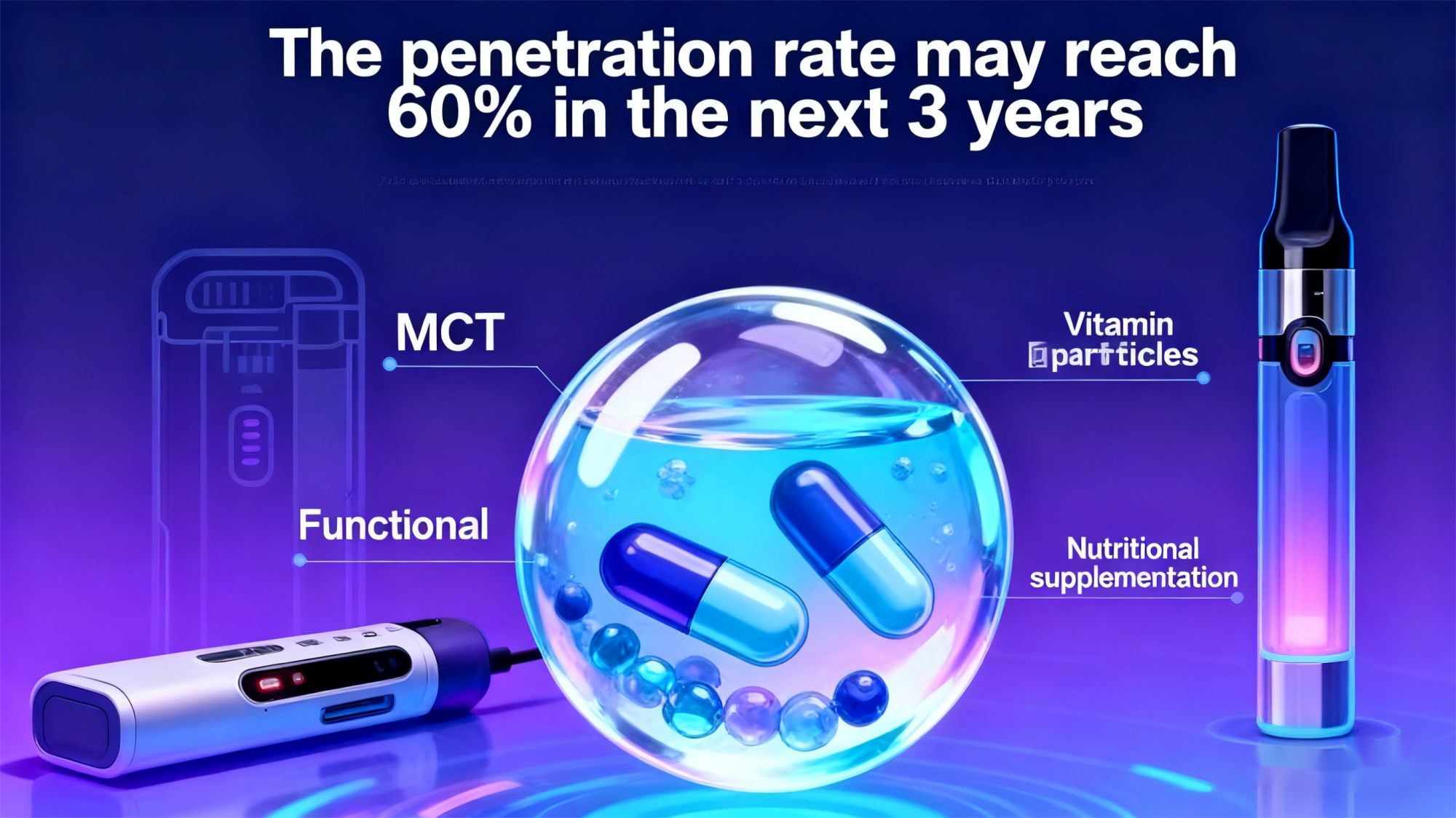
Infant-grade Red Palm Oil - A Nutritious and Healthy Choice
Information interpretation
On August 17, 2020, the Hong Kong Consumer Council released a spot-check report on infant formula, in which contaminants and carcinogens were detected in 9 brands of baby formula, instantly propelling the news to the top of various trending search lists.
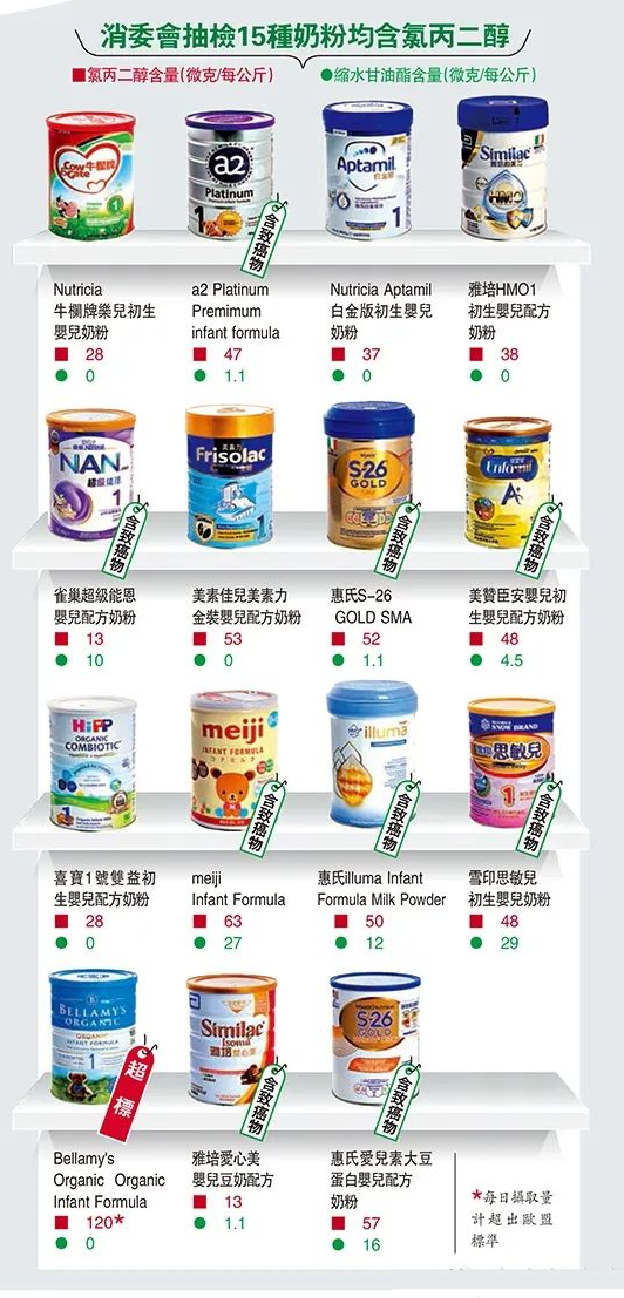
Firstly, let’s discuss the only component that exceeded the standard in this test—3-Monochloropropane-1,2-diol (3-MCPD). This contaminant mainly originates from the vegetable oils used as ingredients in the formula powder.
Generally, it exists in vegetable oils in the form of glycidyl esters, which have various structural forms. 3-MCPD esters are hydrolysis products of glycidyl esters, and since 3-Monochloropropanediol esters (3-MCPDE) have the largest amount of contamination, 3-MCPD is commonly used as a reference in the detection of these substances.
3-MCPDE is a contaminant produced during the food processing phase, especially during the refining of vegetable oils and fats, due to high-temperature treatment and the action of certain catalysts. Excessive intake can damage kidney function and affect the male reproductive system.

(picture:Seven types of chloropropanol esters)
The test found that all samples contained the contaminant 3-MCPD. However, mothers need not panic; 3-MCPD is also found in breast milk, with an average content of 35.5μg/kg, which is higher than the content in several of the formulas tested. As long as the formula is within the standard, it is considered safe.
Of concern is the sample with the highest test value, which contained 120μg/kg of 3-MCPD of formula. If an infant is fed according to the recommended amount on the packaging, a one-month-old baby would consume 12.72μg per day, exceeding the European Food Safety Authority’s recommended daily intake limit of 8.6μg. The levels of 3-MCPD in other samples were all within the safe range.
Glycidyl esters (GE) are commonly found in all vegetable oils and are formed when plants are exposed to temperatures above 200℃, such as during deodorization and refinement processes, and can also be found in biscuits, pastries, infant formula milk, roasted meats, and other products.
Extensive animal testing has confirmed that GE have genotoxicity and carcinogenicity, posing potential health issues for all young age groups, including infants, toddlers, and children under 10. In this test, 9 formulas were found to contain GE, but the one with the highest content had only 29μg/kg, far below the EU limit of 50μg.

In September 2020, the European Commission passed new regulations on the maximum levels of 3-MCPDE and GE, which came into effect on January 1, 2021, including infant formula, fish oil, and other marine oils. It clearly states that the value of 3-MCPD in vegetable oils should not exceed 2500μg/kg, and for vegetable oils used in children’s food, the 3-MCPD value should not exceed 750μg/kg, and the GE value should not exceed 1000μg/kg.

(The EU’s maximum level of 3-MCPD in younger age groups)
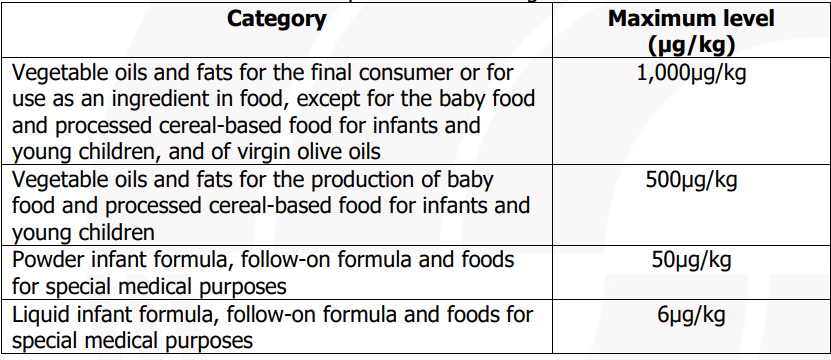
(The EU’s maximum level of GE)

The red palm oil from Mu Zhi Shi has a 3-MCPD value of only 0.11ppm, which is 110μg/kg, and the GE content is 0.08ppm, which is 80μg/kg, considerably below the maximum limit values, marking it as a healthy and safe edible oil, and a reliable source of vegetable oil for infant formula.

(Our 3-MCPD and GE Test Results)
Infant food has even stricter safety standards for 3-MCPDE

To ensure that the health and development of infants and young children are not compromised. Mu Zhi Shi’s red palm oil implements strict control measures for 3-MCPDE and GE, using advanced technology to ensure its content is well below international food safety standards, safeguarding infant health.
01 Quality control starts at the source:
Maturity: Through indicators such as appearance color and fruit firmness, it is determined whether the red palm fruits have reached the optimal picking time. The maturity of the fruit directly affects the content of oils and nutrients.
-
Fruit selection: Strict fruit selection standards ensure the high quality of red palm oil raw materials, removing diseased or overripe or unripe fruits, ensuring the quality and safety of the processed oil.
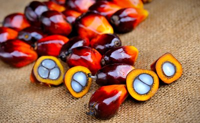
02 Improved new processes (gentle processing):
The production of red palm oil uses a newly developed low-temperature (
The addition of infant-grade red palm oil can better protect the intestinal health and growth of infants and young children.
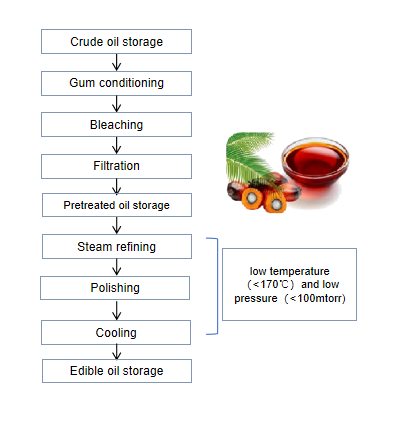
Red palm oil--infant formula grade
Red palm oil is considered to be of infant formula grade because it is naturally rich in a variety of nutrients that are crucial for the growth and development of infants and young children, including β-carotene (a precursor to vitamin A), tocotrienols (vitamin E), and essential fatty acids similar to those found in breast milk.
|
β-Carotene (Precursor to Vitamin A 500-1000ppm)
One of the richest natural sources of β-carotene. Vitamin A is crucial for the development of vision in infants and children and the normal function of the immune system. |
|
|
Tocotrienols (Vitamin E 600-1000 ppm) Contains high levels of vitamin E, particularly in the form of tocotrienols, which possess potent antioxidant properties that help protect cells from the damage caused by free radicals. |
|
|
Essential Fatty Acids Provides essential fatty acids, similar to the fatty acid composition of breast milk, such as linoleic acid and palmitic acid, which are important components for infant brain development and the construction of cell membranes. |
|
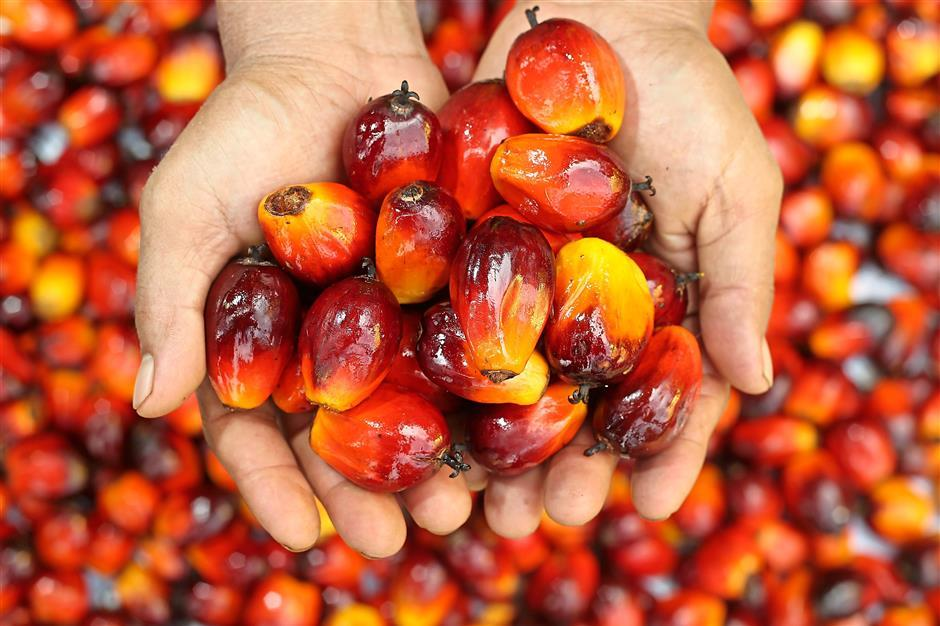
Therefore, the nutritional characteristics of red palm oil, especially its rich content of antioxidants and its potential role in maintaining and improving health, along with its low levels of 3-MCPDE and GE, make it an ideal choice for adding nutritional value in infant formulas.




